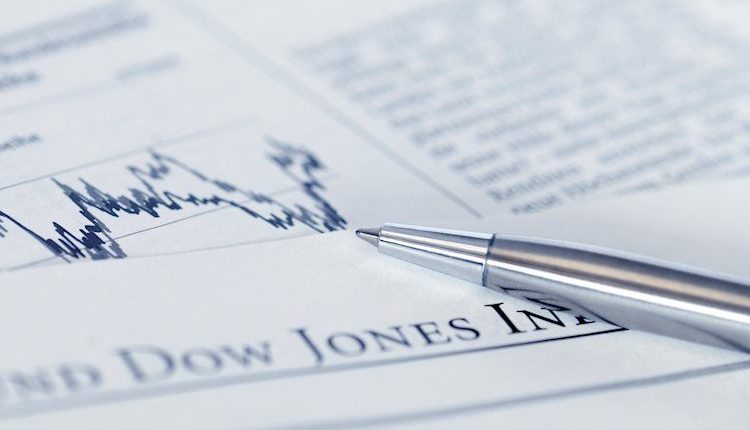- The Dow Jones reached a new record high after Trump looks set to beat Harris into the White House.
- A decisive election result is tipping stocks into a frenzy on hopes for deregulation.
- The Dow Jones is up 3.6% for the week with banking stocks charging to the top.
The Dow Jones Industrial Average (DJIA) surged to a fresh record on Wednesday, climbing into 43,600 after US presidential candidate looks set to sweep a victory away from Democratic nominee and current Vice President Kamala Harris. Equities are surging on expectations of stock-friendly moves from future President Donald Trump, specifically hopes for further deregulation in the banking sector.
The US presidential election still isn’t over, and some key battlegrounds will take some time before a final call is made, but markets are confident that the outcome has been decided, with Republican candidate and former President Donald Trump set to win 276 electoral votes. With the Republicans also set to win back both the US Senate and Congress, investors are anticipating a pro-growth environment with more deregulation as well as additional or extended business tax cuts.
Dow Jones news
About two-thirds of the Dow Jones board is tilted into the green on Wednesday. Companies burdened with physical inventories and logistics like Home Depot (HD) and Nike (NKE) were left out of the post-election spluge, with Home Depot falling nearly 4% to $385 per share and Nike backsliding 3.5% to $75 per share.
On the top end, Goldman Sachs (GS) and JPMorgan Chase (JPM) both hit the upper atmosphere, climbing over 12% and 10%, respectively. Goldman Sachs is knocking on $595 per share, with JPMorgan Chase stretching past $245 per share.
Dow Jones price forecast
A firm bullish tilt to the Dow Jones daily candlesticks leaves short sellers with lots of potential but few opportunities. The DJIA has stretched firmly into fresh record territory north of 43,600, but a lack of meaningful technical signs for a turnaround leaves timing a short entry a hazardous process.
A downside snap as equity traders cool their jets after the election results could easily send price action back to the 50-day Exponential Moving Average (EMA) near 41,970. However, short pressure will first need to drag bids back to planet earth near 43,200.
Dow Jones daily chart
Fed FAQs
Monetary policy in the US is shaped by the Federal Reserve (Fed). The Fed has two mandates: to achieve price stability and foster full employment. Its primary tool to achieve these goals is by adjusting interest rates. When prices are rising too quickly and inflation is above the Fed’s 2% target, it raises interest rates, increasing borrowing costs throughout the economy. This results in a stronger US Dollar (USD) as it makes the US a more attractive place for international investors to park their money. When inflation falls below 2% or the Unemployment Rate is too high, the Fed may lower interest rates to encourage borrowing, which weighs on the Greenback.
The Federal Reserve (Fed) holds eight policy meetings a year, where the Federal Open Market Committee (FOMC) assesses economic conditions and makes monetary policy decisions. The FOMC is attended by twelve Fed officials – the seven members of the Board of Governors, the president of the Federal Reserve Bank of New York, and four of the remaining eleven regional Reserve Bank presidents, who serve one-year terms on a rotating basis.
In extreme situations, the Federal Reserve may resort to a policy named Quantitative Easing (QE). QE is the process by which the Fed substantially increases the flow of credit in a stuck financial system. It is a non-standard policy measure used during crises or when inflation is extremely low. It was the Fed’s weapon of choice during the Great Financial Crisis in 2008. It involves the Fed printing more Dollars and using them to buy high grade bonds from financial institutions. QE usually weakens the US Dollar.
Quantitative tightening (QT) is the reverse process of QE, whereby the Federal Reserve stops buying bonds from financial institutions and does not reinvest the principal from the bonds it holds maturing, to purchase new bonds. It is usually positive for the value of the US Dollar.
Read the full article here

